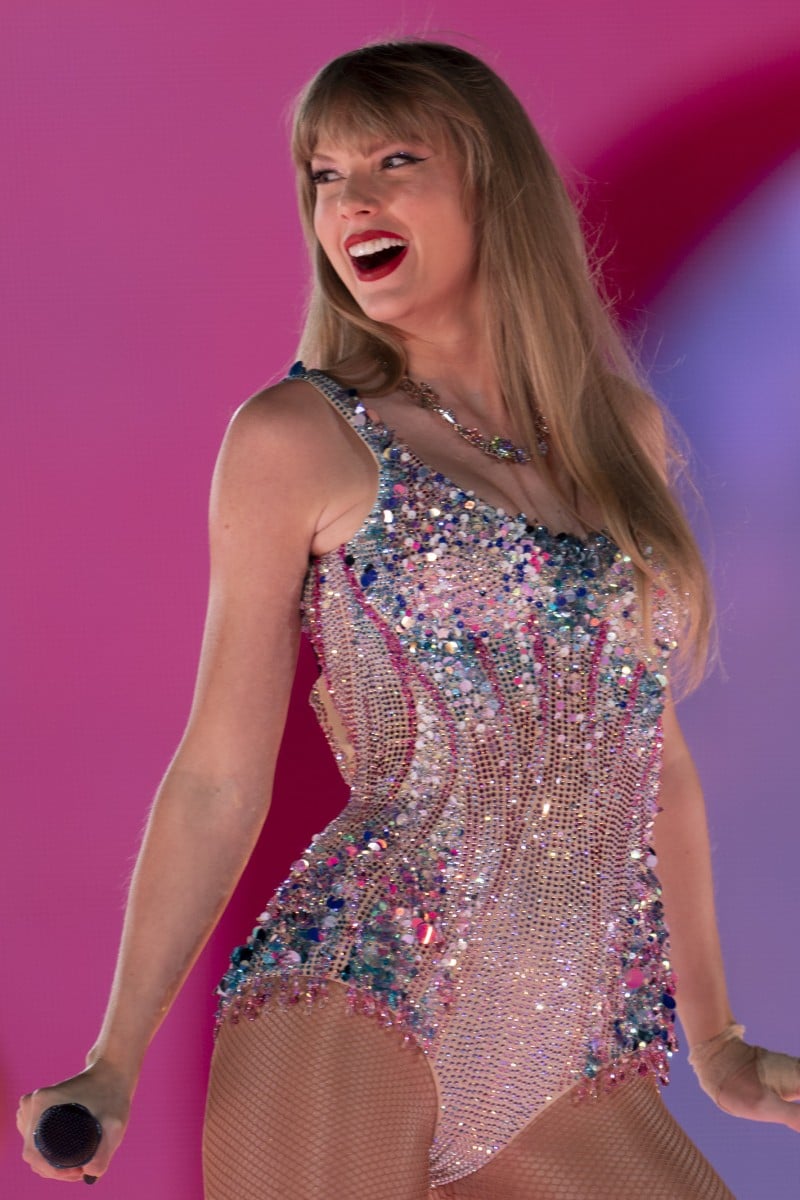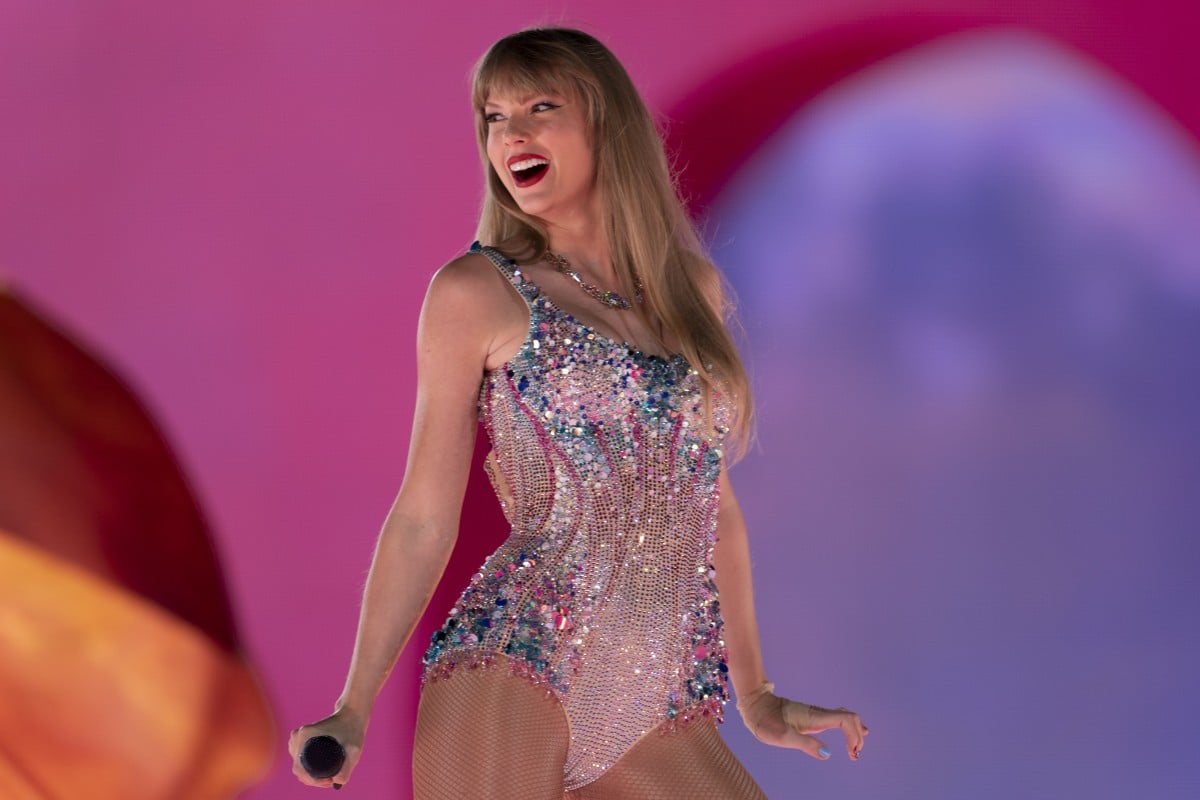
6 literary references in Taylor Swift’s Folklore and Evermore
- Singer features quotes and inspiration from ‘Jane Eyre’, ‘Peter Pan’ and ‘The Great Gatsby’ on just two of her albums
- Swift nods to Robert Frost’s timeless poem ‘The Road Not Taken’ on ‘Illicit Affairs’ and the gothic tale ‘Rebecca’ on ‘Tolerate It’
 Taylor Swift’s lyrics are full of literary references, from “Romeo and Juliet” to “The Great Gatsby”. Photo: AP
Taylor Swift’s lyrics are full of literary references, from “Romeo and Juliet” to “The Great Gatsby”. Photo: AP From referencing Romeo and Juliet on her breakout hit “Love Story” to building her album Folklore around characters from literary classics, Taylor Swift has crafted a singular style that weaves the emotive power of literature into her artistic vision. This week, we delve into six literary references found in Folklore (2020) and Evermore (2021).
Invisible String
“And isn’t it just so pretty to think all along there was some invisible string tying you to me?”
“Invisible String” finds its roots in Charlotte Brontë‘s 1847 English classic, Jane Eyre. In the novel, Edward Rochester speaks of his ardent, inexplicable bond with Jane: “I have a strange feeling about you, as if I had a string somewhere under my left ribs, tightly knotted to a similar string in you.”
Illicit Affairs
“Take the road less travelled by / Tell yourself you can always stop”
In “Illicit Affairs”, Taylor nods to one of Robert Frost’s timeless poems, The Road Not Taken. Frost wrote about overcoming the fear of the unknown, carving out his own path rather than following the crowd.
Frost wrote: “Two roads diverged in a wood, and I– / I took the one less travelled by, And that has made all the difference.”
11 idioms about friendship to help you build bridges and bury the hatchet
Cardigan
“I knew you / Tried to change the ending / Peter losing Wendy”
“Peter losing Wendy” is a direct reference to J.M. Barrie’s beloved classic, Peter Pan. Just as Wendy made the choice to leave Peter behind to make a life of her own, Peter’s resistance to growing up becomes the catalyst for their bittersweet parting.
“She was one of the kind that likes to grow up. In the end she grew up of her own free will a day quicker than the other girls.” – Peter Pan
The Lakes
“Those Windermere peaks look like a perfect place to cry / Tell me what are my words worth?”
The bonus track of Folklore refers to England’s Lake District, which during the 18th and 19th centuries was home to a group of esteemed writers known as the Lake poets: William Wordsworth, Samuel Taylor Coleridge and Robert Southey.
Besides alluding to the nearby peaks in the song, the songwriter uses clever wordplay to pay homage to Wordsworth, asking: “Tell me what are my words worth?”
8 English idioms from K-pop songs to add a beat to your writing
Tolerate It
“I know my love should be celebrated / But you tolerate it”
Swift said in an interview that Daphne du Maurier’s timeless 1938 novel Rebecca is the muse for the song in Evermore. This gothic tale revolves around an unnamed young woman who is married to a wealthy widower, only to uncover his haunting past involving the mysterious disappearance of his first wife.
The song “Tolerate It” echoes similar sentiments, depicting the struggles of loving someone who is apathetic and unappreciative.
Happiness
“I hope she will be a beautiful fool / All you want from me now is the green light of forgiveness”
The song “Happiness” contains several references to F. Scott Fitzgerald’s literary masterpiece, The Great Gatsby.
“I hope she will be a beautiful fool” is a direct reference to Daisy Buchanan, who hopes her daughter will live a life of blissful ignorance, shielded from worldly troubles: “I hope she’ll be a fool – that’s the best thing a girl can be in this world, a beautiful little fool.”
The song also pays homage to the iconic green light that Gatsby longs for in Fitzgerald’s novel. The green light represents Gatsby’s ardent longing to reunite with Daisy, and in “Happiness” it embodies the quest for forgiveness in a relationship.
